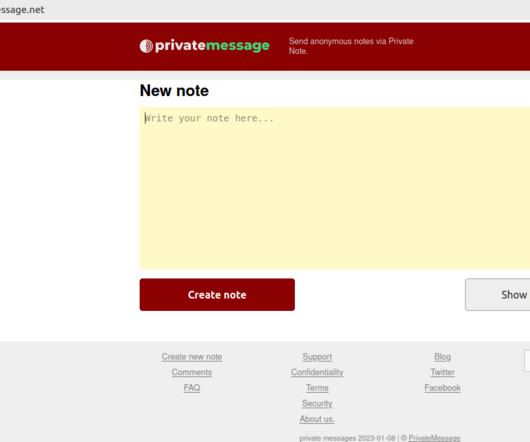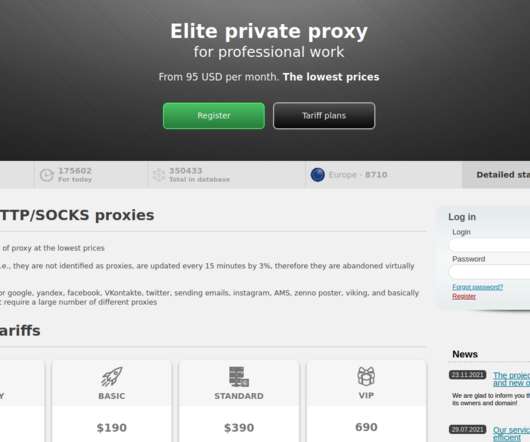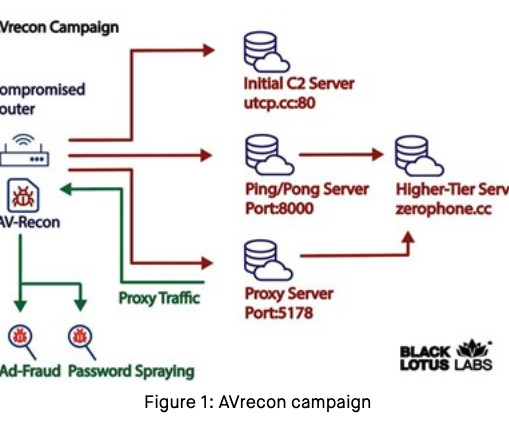Fake Lawsuit Threat Exposes Privnote Phishing Sites
Krebs on Security
APRIL 4, 2024
Privnote’s ease-of-use and popularity among cryptocurrency enthusiasts has made it a perennial target of phishers , who erect Privnote clones that function more or less as advertised but also quietly inject their own cryptocurrency payment addresses when a note is created that contains crypto wallets. com , meternask[.]com











Let's personalize your content